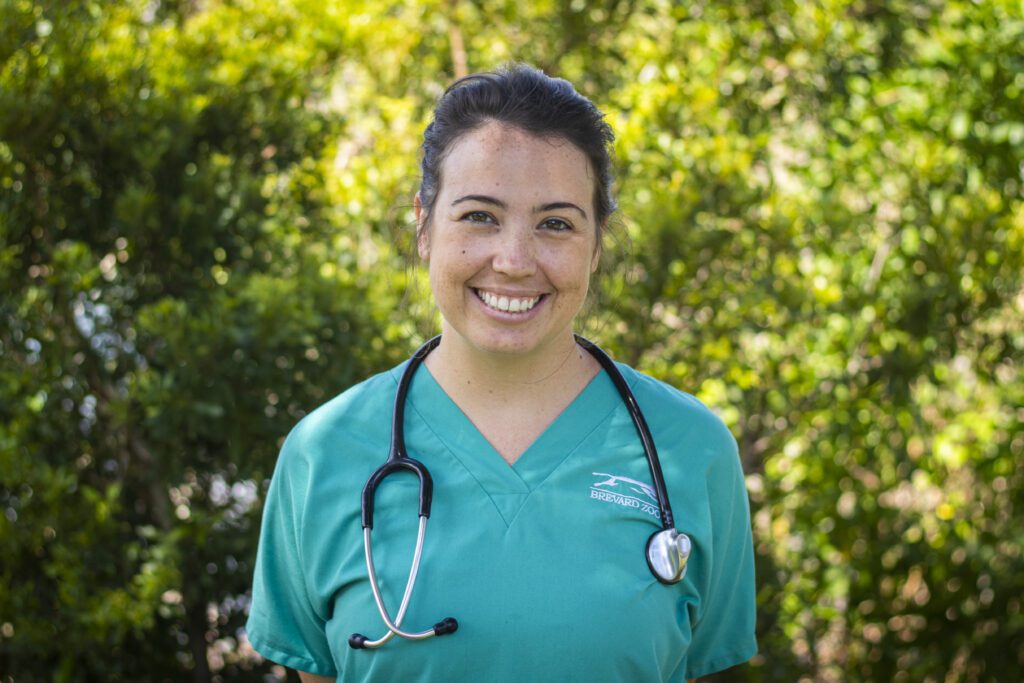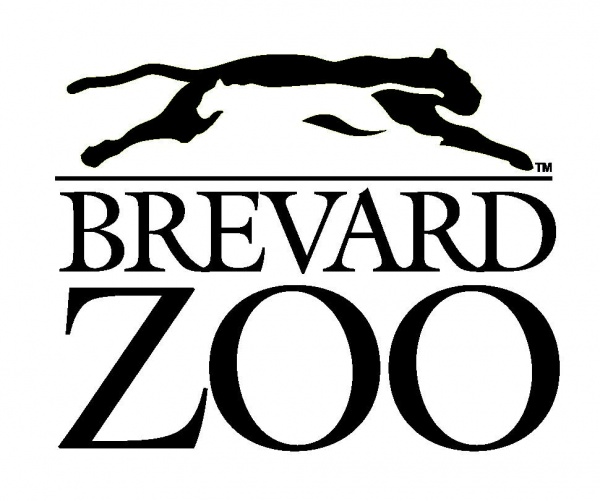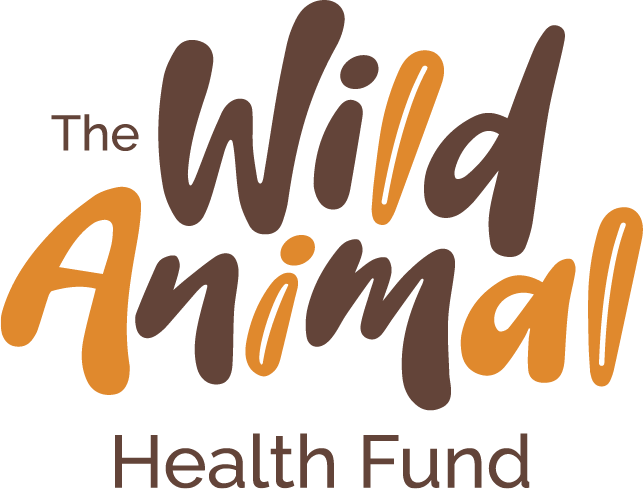Conservation and…Ice Cream?
Estimated reading time: 4 minutes

Dr. Kyle Donnelly is a zoo veterinarian at the Brevard Zoo and Sea Turtle Healing Center in Melbourne, Fl.
Conservation and ice cream?
Behind the scenes of your local zoo amazing things are happening. For the general public, a day at the zoo might mean eating ice cream while watching the penguins. The more perceptive zoo-goer might even be aware of some of the larger conservation success stories, such as saving the California condor from extinction. But the story is deeper than that. Zoos support wildlife hospitals, research trailblazing treatments for our patients, host breeding and reintroduction programs, restore native habitats, monitor local populations of endangered species, and provide homes to non-releasable wildlife.

A day in the life
In a given week at the Brevard Zoo I am lucky enough to work on sea turtle rehabilitation, perform wild gopher tortoise shell fracture repair in partnership with our local wildlife hospital, and of course care for the zoo animals that are the more prominent face of a zoo vet’s job. Within my institution is a busy conservation team dedicated to restoring the habitat of the Indian River Lagoon by planting oyster beds, mangroves, and seagrass. These duties are not unusual, in fact they define zoos belonging to the Association of Zoos and Aquariums (AZA). Conservation must be a key component of accredited zoos and aquariums, and spending for conservation approximates $231 million annually. AZA members host more than 117 wildlife reintroduction programs, with 50 of those covering threatened and endangered species.
Populations increasing
Zoos represent one piece of a global effort to preserve and protect wildlife. Assurance populations at zoos are the best chance of survival for many endangered animals. I work in partnership with several zoos and state officials to save the Florida grasshopper sparrow, the most endangered bird in North America. For the first time since nearly being wiped off the face of the planet, their population is increasing in the wild thanks to this reintroduction program (Pittman 2021). Along with several other partner institutions I also care for the Perdido Key beach mouse, a keystone species for sand dune health (Greene 2016). Development has so severely fragmented this mouse’s habitat that if one hurricane hits the barrier island, the species will likely go extinct. A healthy population of these mice currently lives in zoos, standing by to replenish the beaches if needed.
Zoos do what?
Zoos are also responsible for advancing the science behind conservation medicine and biology. AZA institutions produced a sizable 5,175 peer-reviewed manuscripts during a 10-year period in one study (Loh 2018). Some of the more famous contributions of zoo vets and scientists include the discovery of the introduction of the West Nile virus in the continental US at the Bronx Zoo, as well as raising the alarm on several wildlife coronaviruses in the pre-COVID-19 world (Deem 2015, Lanicotti 1999). Some of the work I do with my zoo and partners includes innovative work into the treatment and epidemiology of sea turtle fibropapillomatosis, one of the most significant diseases threatening this remarkable species. In partnership with other zoos I also study white rhino reproduction and conservation threats. My zoo also helps local biologists monitor and manage Florida scrub jays, an endangered bird scraping by after enduring extensive habitat loss due to human encroachment.
Another extinction?
In the zoo community we are acutely aware of the state of the Anthropocene Extinction, the sixth mass extinction event in earth’s history, currently occurring as a result of human activity. Zoo veterinarians and scientists have embraced a One Health perspective since the connections between human, animal, and environmental health were first linked. But we can’t fix the problem alone. We need change on a governmental level as well as a personal one. So please go visit your local zoo or aquarium, where eating ice cream is encouraged along with supporting conservation.
